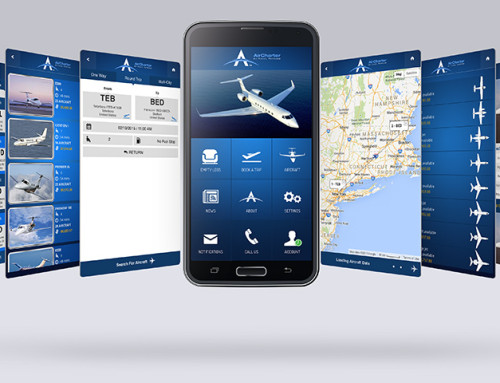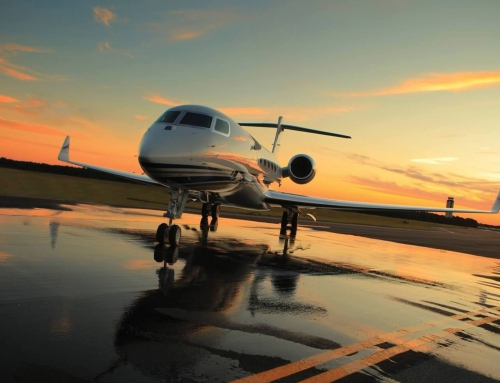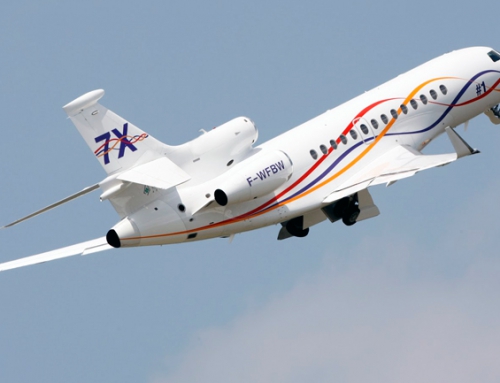Air Share Programs vs Private Jet Charter
Air share options offered by private jet charter companies have become a buzz-word since early this year again. These programs, which were more often called fractional ownership had become popular years ago, and were reintroduced under a new name to avoid the negativity surrounding the subject of fractional ownership. We have already disproved the viability of fractional ownership in this article here: Fractional Ownership vs. Charter of Private Jets. Now, for new customers and interested parties entering the market, air share programs are a program in which customers pay a fee based on the type of plane they would like to lease and then pay for a set number of hours.
At a first glance, air share programs sell at an overall hourly rate slightly lower than traditional charter. And this is the reason air share programs have developed momentum recently. Let’s compare air share to traditional charter. With traditional charter, I am not locked to a certain aircraft type, and I can request any specific aircraft I wish. Whereas with an air share program, I am locked into an aircraft category. It remains up to the company offering said air share program to choose which aircraft are in which category. For example, a super mid sized jet would often be marketed as a large jet, meaning you would be paying a rate based on a large jet’s hourly rate, in this scenario, you, the customer would assume a large jet hourly rate is around $5,000 to $10,000. this said share carrier would offer a super mid sized jet which retails for $3,200 to $4,000 per hour, under the premise that this is a large jet, when it is most certainly not. Categorization of aircraft by category is a marketing scheme, as each aircraft has a very specific hourly rate. We know large jets cost from 5-10 thousand dollars hourly, but a Gulfstream G400 would be on the low end of the scale, while a G650 would be on the very top end. These air share carriers profit from this categorization, leading you, the customer to believe, that you are saving money, by prepaying tens or hundreds of hours you may or may not ever use.
Traditional air charter allows you to pay per hour used, with no prepayment. Contracts for air share programs expire, and have hefty cancelation fees. Whereas charters can be cancelled up to 48 hours prior or 72 hours for an international flight with zero penalty. Prepaying for 40 hours on a large jet from an air share carrier means you are forced to use whatever this air share carrier considers a large jet, before your prepaid flight hours eventually expire. This leads to overchartering, customers will often need to fly just one or two passengers, and will end up paying the premium for a large jet where a light jet would have sufficed, but forced to use this large jet since you’ve already paid for the hours. This is an issue the other way around as well, if you prepay for 40 hours of light jet time and need to take the entire family or a large group of friends on a long distance trip, your pre-purchased light jet time would be useless to you.
Other benefits of air charter include:
Booking on a tight schedule – Charter flights can fly out 30 minutes after your request if need be, air share programs require 4-12 hours notice or a “short notice period” fee.
Any sort of special request – This is a VIP industry after all, if you request special catering for example, most air share carriers wouldn’t cover it with their airtight contracts.
A stable level of quality – Fly on the same exact aircraft you are comfortable in, every single time, or get the right aircraft for the job.
Bang per buck – Why pay for airtime you haven’t consumed, or airtime you may never be able to use?
…And so much more – Every single aspect of your flight can be customized to your liking, you choose your pilots, your staff, the aircraft you prefer with the in-flight amenities you need such as Wifi, or lie-flat seats. Looking for a 2012 or newer G550 with massage seats? Let’s see your air share company find that.
If you are searching for a specific level of comfort and not a “category”, if you have no intention of wasting your money, traditional air charter is always the way to go.
 Cessna Citation V
Cessna Citation V








